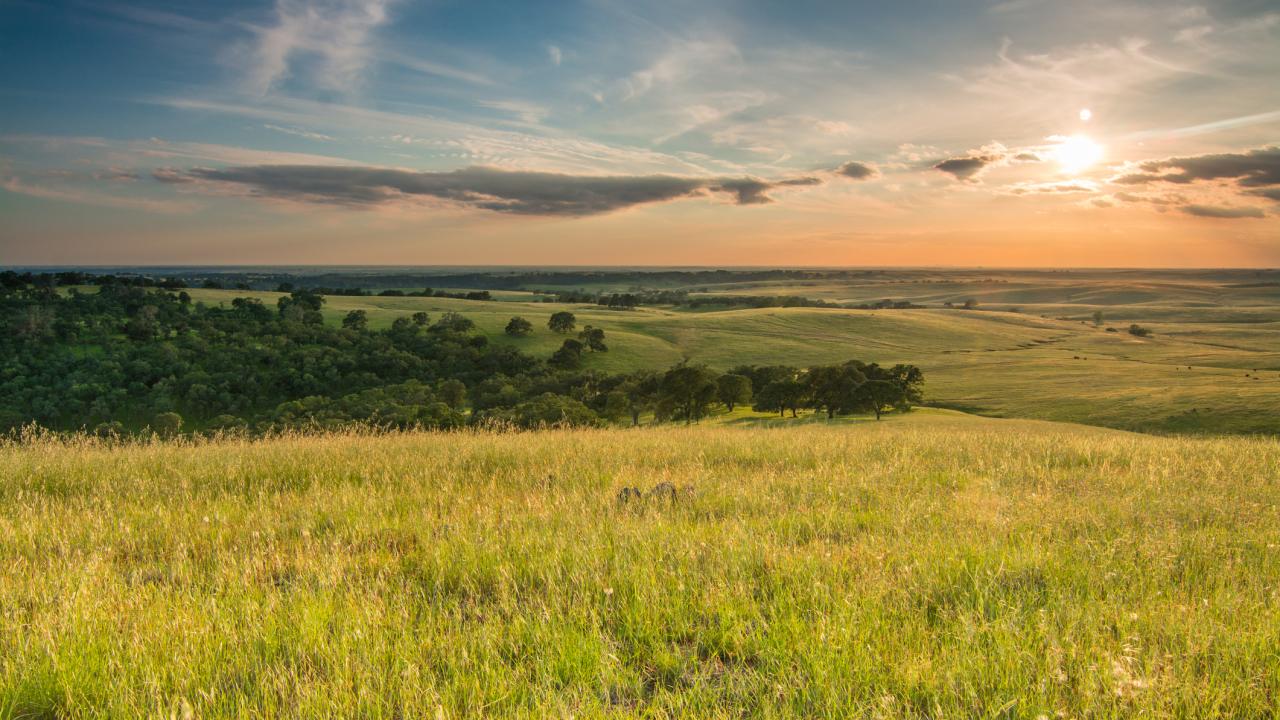Viral communities across a grassland area are not uniform, and understanding viral dynamics could lead to better insight into how bacteria in soil will react to drought and other climate changes, according to a new study out of UC Davis.
Viruses can affect microbes, the food web, the carbon cycle and other ecosystem processes, including controlling bacteria.
The research, published Nov. 2 in the Proceedings of the National Academy of Sciences, centered on examining viral responses in soil to differences in rainfall. Over three years, the team of scientists from UC Davis, UC Merced, UC Berkeley and the Lawrence Livermore National Laboratory monitored grassland plots, with one set of plots receiving 50 percent of the average rainfall.
They found that viral diversity and composition in soils varied, and viruses reacted rather quickly to low-water conditions regardless of location, said plant pathologist Joanne B. Emerson, assistant professor of plant pathology at UC Davis and corresponding author on the paper.
“We already know that bacteria are really important,” Emerson said. “We’ve just started to learn more about soil viruses, and viruses are key to controlling the bacteria.”
The findings could help better understand and predict soil dynamics.
The lead author on the paper is Christian Santos-Medellín, a postdoctoral researcher in the UC Davis Department of Plant Pathology. The work was supported by a grant from the U.S. Department of Energy Office of Science.
